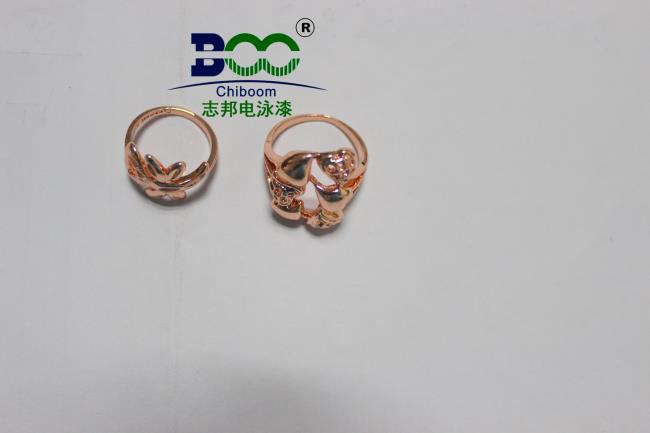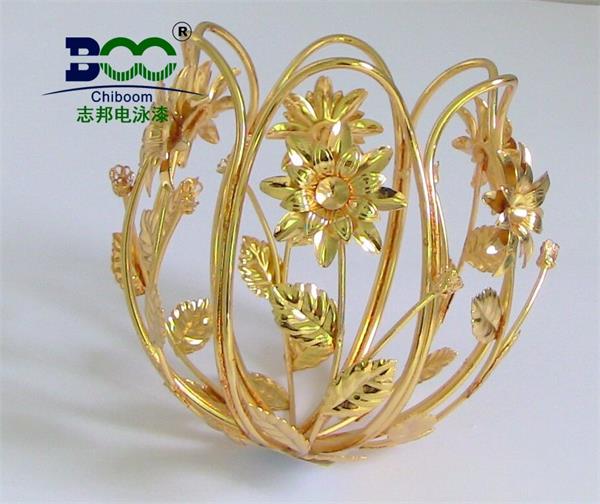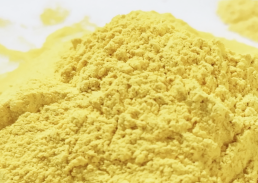How to Remove Electrophoretic Paint Completely? These Practical Methods Are Worth Bookmarking!
In the industrial production arena, electrophoretic paint has become a favorite in many fields thanks to its excellent anti-corrosion and decorative properties. From automotive parts to hardware products, items that have undergone electrophoretic coating not only boast a bright appearance but also possess outstanding durability. However, there are always defective products during the production process, and removing electrophoretic paint becomes a crucial step for rework. In daily life, we may also encounter the embarrassing situation of accidentally getting electrophoretic paint on things like clothes or tools. So, how exactly can we remove electrophoretic paint completely? Below, I'll introduce several practical methods in detail.

In industrial scenarios, professional methods can efficiently complete the task of removing electrophoretic paint. For un - fully cured cathodic electrophoretic wet films, the organic solvent immersion method is a good choice. Solvents such as acetone, ethanol, and ethyl acetate act like magical "dissolving agents". They can dissolve components in the resin, like alkyd resins and epoxy resins, causing the coating film that is firmly attached to the workpiece surface to naturally peel off. There was a car parts factory that encountered a rework situation. They immersed the workpieces in an acetone solution, and after patiently waiting for 10 - 12 hours, the paint film successfully peeled off from the workpieces. However, safety precautions cannot be neglected when using this method. Since acetone and other solvents are volatile and somewhat toxic, the operation must be carried out in a well - ventilated area. Operators also need to wear protective gloves, goggles, and gas masks to ensure their own safety.
When dealing with cured electrophoretic paint resins, the alkaline regeneration technique comes into play. Mix a 4% sodium hydroxide solution with the resin in a ratio of 4:1, and then use an alternating slow - washing and fast - washing approach to allow the solution to fully penetrate the resin bed. There was a coating equipment enterprise that applied this technology, enabling the cathodic electrophoretic paint resin, which had been used for 20 cycles, to recover over 85% of its initial performance. However, during the regeneration process, strict control of temperature and stirring speed is crucial. Excessively high temperatures or uneven stirring can affect the regeneration effect, preventing the resin from restoring to an ideal performance state.
There are also many specialized cleaning agents for electrophoretic paint on the market, which are favored for their high efficiency and environmental friendliness. For example, there is an imported industrial resin cleaning agent that adopts an eco - friendly formula. It can quickly dissolve ink, adhesives, and resin residues, and does not contain organosilicon and is easily soluble in water. After a home appliance enterprise used this cleaning agent, the mold cleaning efficiency increased by 40%, and at the same time, it reduced environmental pollution. When using it, just follow the instructions on the cleaning agent to easily remove electrophoretic paint.
When we encounter electrophoretic paint contamination in daily life, there are also some clever methods to deal with it. If clothes are accidentally stained with electrophoretic paint, you can first gently wipe them with acetone or turpentine, then soak them in a 3% salt solution for 10 minutes, and finally rinse them with clean water. If the paint stain has already cured, you can first soften it with a hot towel and then repeatedly wipe it with a cotton swab dipped in a small amount of alcohol. However, after the operation, be sure to thoroughly wash the clothes to prevent the residual solvent from irritating the skin.
For metal tools stained with electrophoretic paint, you can gently sand them with sandpaper, but be careful to control the force to avoid damaging the tool surface. You can also use specialized metal cleaning agents and follow the instructions for cleaning. For some small tools, you can soak them in white vinegar for a period of time. The acidity of white vinegar can soften the electrophoretic paint, and then you can brush it off gently with a brush.
Safety is always of utmost importance during the process of removing electrophoretic paint. When using organic solvents and alkaline solutions, proper protective measures must be taken to avoid skin contact and inhalation of harmful gases. The waste liquid after treatment should not be discharged arbitrarily but should be handled according to environmental protection requirements. In addition, for valuable items or items with high surface requirements, it is best to conduct a small - area test in an inconspicuous place before removing the electrophoretic paint to ensure that it will not cause damage to the item.
Whether it's for rework needs in industrial production or accidental contamination in daily life, as long as you master the correct removal methods, you can easily deal with the troubles caused by electrophoretic paint. I hope these methods above can help you and make you no longer worry when facing electrophoretic paint problems!




 WeChat
WeChat